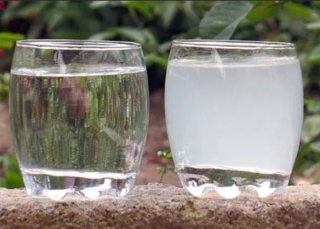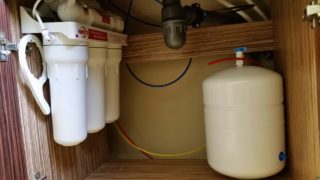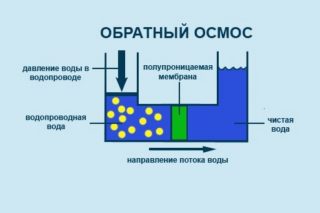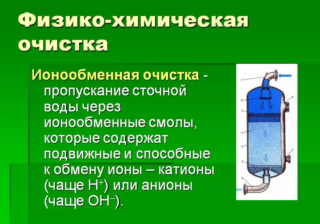Water from a tap, borehole, spring or well contains many impurities, including lime. They are composed of calcium salts and make the water harder. To get rid of liquid inclusions of lime, it is advisable and effective to use specialized filters.
Purpose of filters for water purification from lime

It is possible to combat impurities and soften drinking water without using special devices. For example, by boiling, freezing or settling for several days. In this case, the volume of the purified and softened liquid will be very limited.
The filtering device is a device for mechanical or ionic treatment of hard water. An anti-lime filter for a water supply system is usually installed in an apartment on a pipe or devices with a storage tank are purchased for use in the country or in rural areas. Filters allow you to quickly achieve softness and purification of any volume of liquid from many salts and metals. The lime filter removes excess calcium and magnesium salts.
Types of filters, principle of operation and device
- mechanical restoration:
- processing by electromagnetic waves;
- ultrafiltration;
- reverse osmosis treatment;
- ion exchange installations.
The method of mechanical processing involves the use of bulk materials (sand, gravel, zeolite) or activated carbon in filters. Good filtration is provided by the soft pore structure of coconut shell and hardwood charcoal. Such an adsorbent is able to retain small particles of lime, as well as eliminate other impurities. Quartz sand and zeolite are also effective in cleaning due to their granular structure.
Electromagnetic filtering units are used against lime sediment on any surfaces, including internal and hard-to-reach ones. Such purifiers are used in centralized heating and water supply systems as components of a water treatment system or as independent devices. As a result, the surface tension and capillarity of the water decreases (less detergents are required). Water can also be treated with a simple magnetic installation. It does not require electricity costs, but it can only be used for cold water, therefore it is rarely used.
Reverse osmosis anti-lime treatment follows the same principle. The difference lies in the homogeneity of the reverse osmosis membrane: it is able to remove particles contaminating running water at the ionic and molecular levels. However, not all liquid flows through the membrane. Part of it forms a concentrated solution that is discharged into the sewer.
Installations that implement ion exchange according to the principle H—OH, at the outlet they give out practically demineralized water and non-changeable pH... Most of the cations in water are replaced by hydrogen ions, and anions are replaced by hydroxide ions.
Criterias of choice
Each type of filtration device has advantages and disadvantages. Filters for water purification from lime are selected based on the following criteria:
- price;
- dimensions;
- cost and frequency of changing consumables;
- installation option: discrete or built-in;
- efficiency of water purification.
It is difficult to make a choice based on one criterion. For example, the advantage of mechanical processing devices is a fairly low price and high-quality water purification. Minus - the need for periodic filling, washing or replacing granular particles (sand). In the case of using a device with activated carbon as an adsorbent, it is necessary to take into account its abrasion over time and periodic replacement. Ion exchange systems are usually a little cheaper than reverse osmosis systems, but for their regeneration, you constantly need to purchase strong alkalis and acids.
Electromagnetic cleaners do a good job with scale on devices and sediment in the pipes of the main water supply system and equipment. However, it is recommended that they additionally be installed under the sink or have a separate household filter for receiving drinking water.
Installation features

Activated carbon filters can be in the form of a jug, installed on the tap as a nozzle or in the water supply system directly in front of the taps. Bulk machining devices can also be built-in or discrete.
Typically, household filters are connected under the sink to the pipe leading to the cold tap. A hole is made in the sink or next to it for a tap with drinking water. The assembled unit is located in a cabinet under the sink, where all the details will be hidden. Each filter set includes a dedicated piping insert.
The installation of any water purification devices for home use can be carried out both vertically and horizontally. The position of the filter does not matter. The main rule is free access to a water purifier.
Operation and maintenance
The location of the filters for getting rid of lime impurities is chosen so that the structure is easy to maintain. There is an option using flexible hoses, with the possibility of extending outward. To replace cartridges or cassettes at each stage of cleaning, it should be possible to freely unscrew and remove the flasks. A suitable length is selected for flexible metal braided hoses. They should not be too short or too long. If the connection is not suitable, an adapter must be installed.
Direct sunlight is not recommended. You should not exceed the established service life of a particular unit or its consumable parts. It can do more harm than untreated water.










